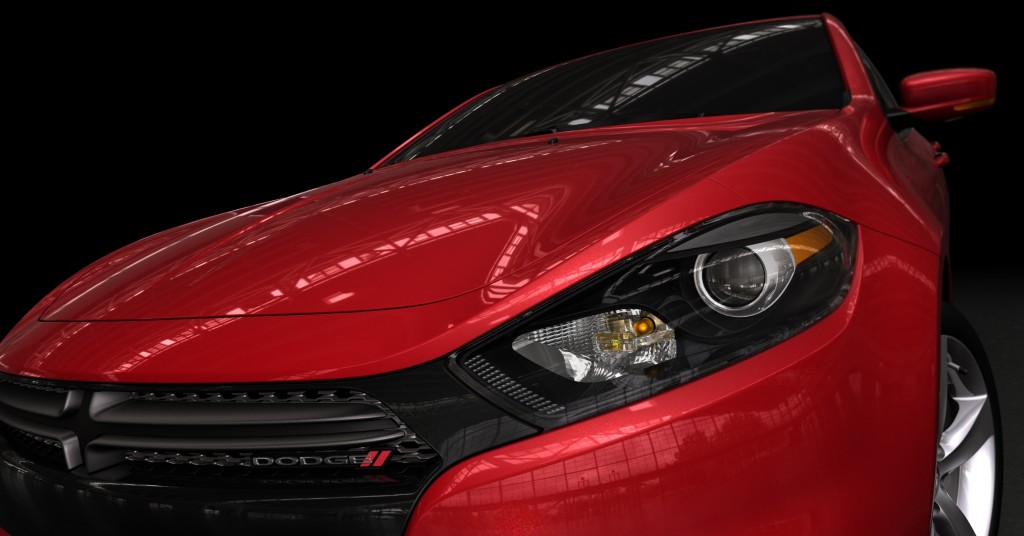For decades, Asian small cars have been considered the best of the bunch in the U.S. market.
Toyota Corollas, Honda Civics, and various models from Nissan--and more recently, Hyundai--sell hundreds of thousands each year against what was until quite recently anemic competition from U.S. makers.
With the launch of the 2010 Ford Fiesta subcompact and the new 2011 Ford Focus, however, European designs are being built and sold in the U.S.
Both those cars have been well-reviewed, and the new Focus is selling better than the outdated model it replaced.
Europe to lead development
Now Toyota has decided that the world wants subcompacts and compacts that are more European in character.
A recent article in industry trade journal Automotive News (subscription required) reports that Toyota's European arm will be responsible for leading development of the company's future products in the minicar, subcompact, and compact segments.
For the vertically integrated and very proud Toyota, that's a major change.
Dodges from Alfas
But it's hardly the only such change. The 2013 Dodge Dart compact sedan, which replaces the woefully uncompetitive Dodge Caliber hatchback, is based on an Alfa Romeo architecture provided by Chrysler's new owner Fiat.

2013 Dodge Dart Compact Sedan
And increasingly car companies are building more models on fewer and more flexible sets of underpinnings, known as "platforms" or "architectures" in the trade.
Fiat CEO Sergio Marchionne famously said that any company that can't build 1 to 2 million small cars a year on each of its architectures is doomed.
Still, it can be hard to say exactly where a car is developed these days.
Modern auto companies often have design teams spread across three continents, using frequent teleconferencing and shared computer-aided design models to develop vehicles for multiple markets simultaneously.
Chevies from Korea
And not every small car is developed in Europe. General Motors has designed many of its smaller models--including the Chevy Cruze compact sedan, Sonic subcompact, and Spark minicar--in both South Korea and Europe, with North American engineers heavily involved.
And Hyundai continues to design the bulk of its cars in its home country of South Korea, though it too has a strong presence in Europe--and has said it wants to develop cars that are "more European" to suit that market.
Wait a few years
It will take several years before any new Toyotas designed in Europe reach U.S. showrooms. And the company's treasured hybrid-electric vehicle technology, known as Hybrid Synergy Drive, will likely remain firmly in its Japanese development labs.

2012 Toyota Prius
But while just one European volume carmaker remains in the U.S. market (that's Volkswagen), the drivers and car buyers of Europe may be the world's most demanding in the smaller segments.
The result could be Toyotas that marry the brand's reputation for quality with vastly more appealing interior and exterior styling.
And, most important of all, at least to automotive journalists, it might result in cars with more compelling roadholding, handling, and performance than the uninspiring Toyotas of today.
Let us hope.
+++++++++++













